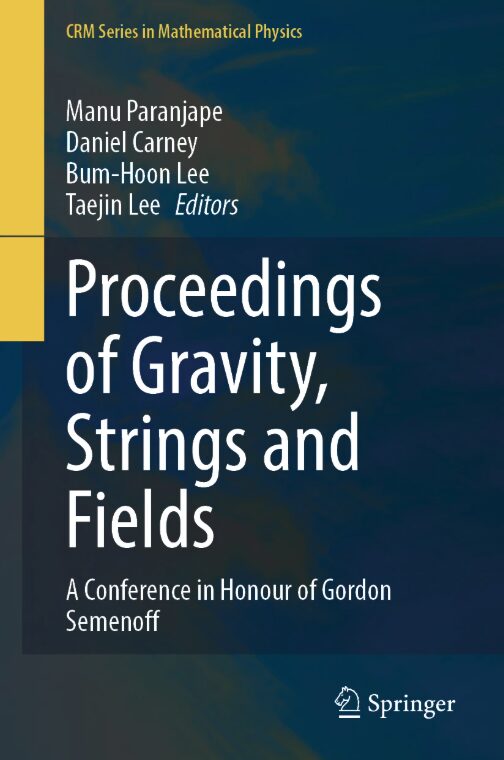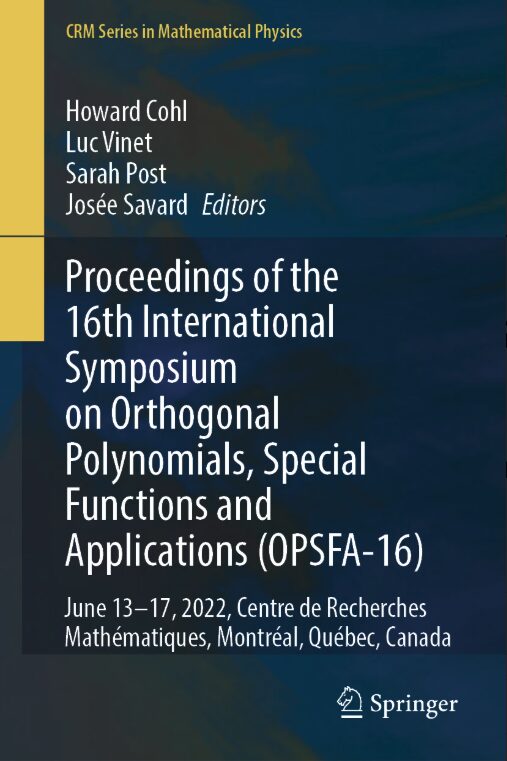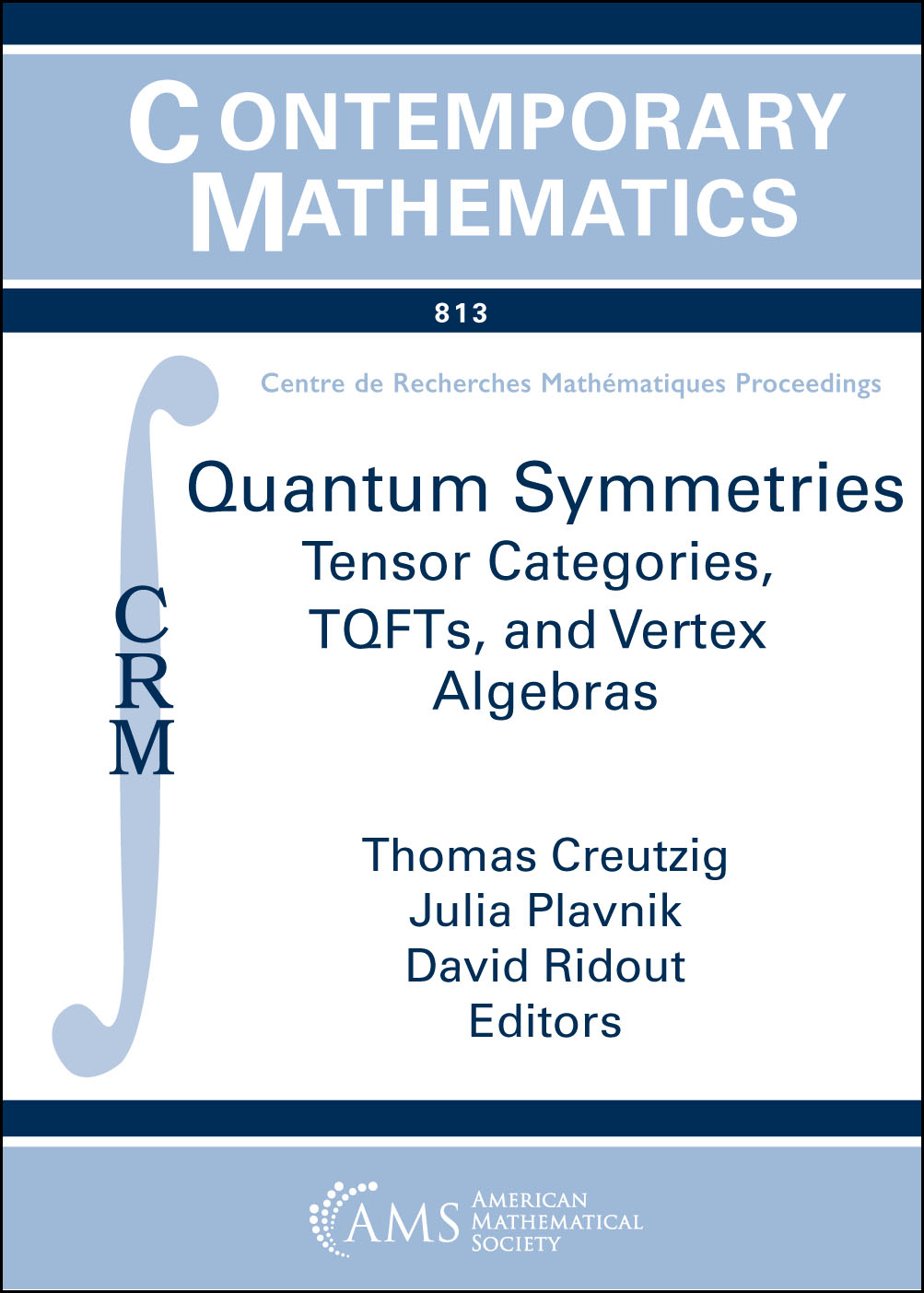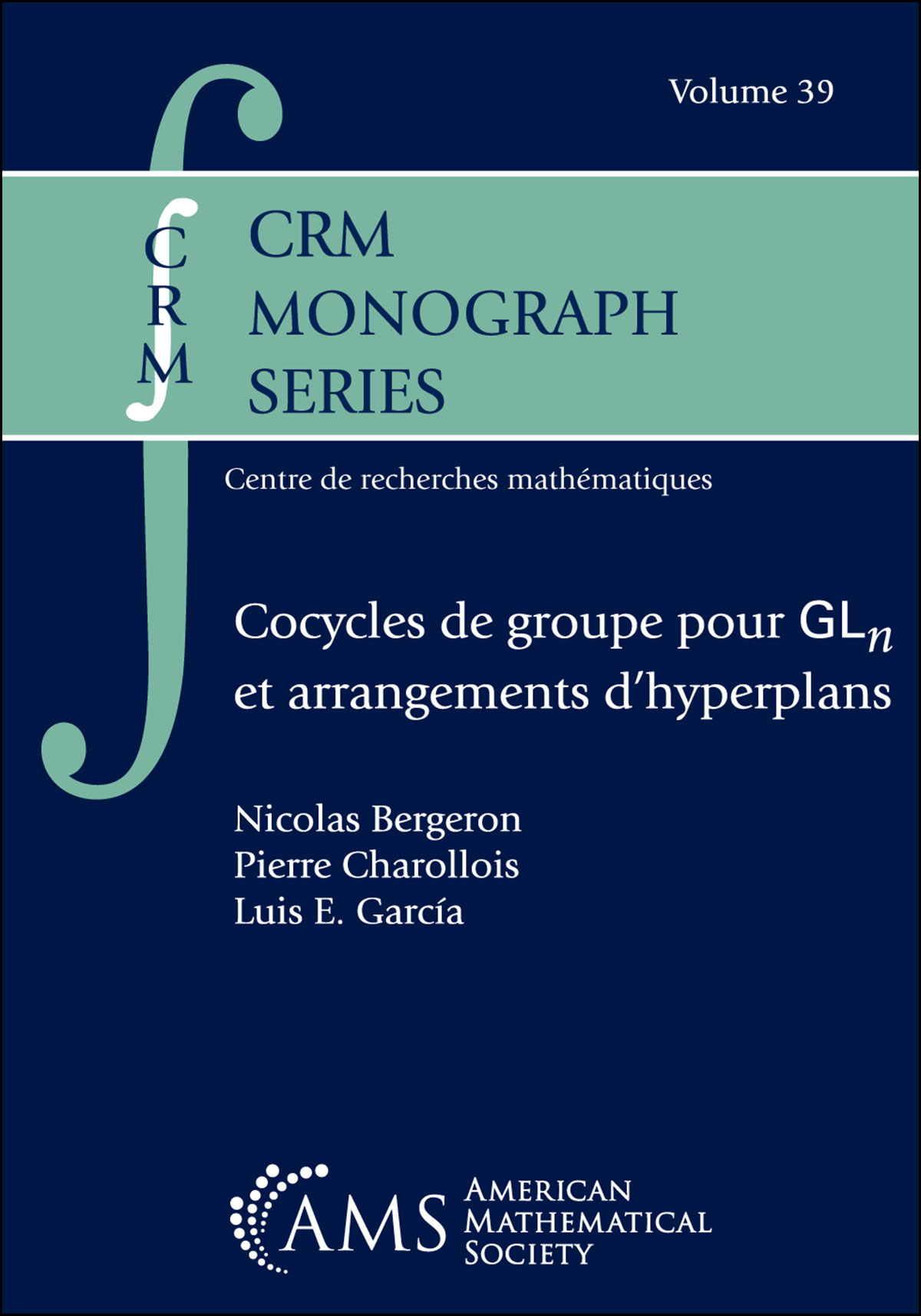Conférencier(-ère)s plénier(e)s
Silviana Amethyst (MPI-CBG)
Singularity and solidity
Abstract
Self-crossing, cusp, collapse, failure. Dimension dropping, and also too much space. Unexpectedness, almost nowhere. Nearly invisible error becomes incrementally overwhelming. Things mismatch that ought to align. Flags are raised. In this talk, I want to explore singularity, particularly in the context of solidification of algebraic surfaces.
Alessandro Arsie (University of Toledo)
F-manifolds, reflection groups, integrable hierarchies and moduli spaces of stable curves – a survey
Abstract
I will present a very slanted survey of the theory of Frobenius and F-manifolds, and their presence in many areas of mathematics, based mainly on my works with collaborators.
I will focus on the appearance of these structures on certain orbit spaces of real finite reflection groups and complex well-generated groups. I am going to show how to associate to these structures integrable dispersionless PDEs that are conservation laws. In general, these PDEs are not equipped with a bi-Hamiltonian or a Hamiltonian structure, so the existence of integrable dispersive deformations can not be deduced in the usual way. The role of the moduli space of stable curves of genus g with n marked points appears when one tries to deform these PDEs to dispersive PDEs maintaining their integrability. This last point is very technical, so I will just provide some ideas.
Harry Bray (George Mason University)
Geometrical finiteness for subgroups of the mapping class group
Abstract
I will discuss and motivate a notion of reducible geometrically finite subgroups of the mapping class group, in analogy with Kleinian groups. This definition generalizes that of parabolic geometrical finiteness due to Dowdall-Durham-Leininger-Sisto. I will present sufficient criteria for certain RAAGs to be realized as reducible geometrically finite subgroups. This is based on joint with with Aougab, Dowdall, Hoganson, Maloni, and Whitfield.
Claire Burrin (University of Zurich)
On the crossing number of arithmetic systoles
Abstract
I will discuss some results in the search of extremal geometries with respect to systoles, in particular my joint work with Baader and Studer that systoles on modular surfaces have asymptotically minimal crossing number.
Herng Yi Cheng (University of Toronto)
Geometric Representations of Cohomology Operations
Abstract
We will begin this talk by showing how to represent the cohomology of some spaces by geometrically nice maps to spaces of cycles on spheres. These maps may be viewed as analogues of differential forms. Moreover, maps between spaces of mod p cycles represent operations on mod p cohomology that generalize the cup product, such as the Steenrod powers. These operations are fundamental to certain methods for computing stable homotopy groups.
We will present the first geometric construction of maps between spaces of cycles that represent mod p cohomology operations, with an eye towards applications in quantitative topology.
Nir Gadish (University of Pennsylvania)
From polynomial on groups to topological invariants
Abstract
Many hard questions in low-dimensional topology reduce to distinguishing between products of elements in a group, but this (word) problem is famously undecidable. In this talk will discuss polynomial functions on groups, which give effective means of assigning computable invariants to group elements, useful for telling them apart. As we shall see, polynomial functions turn out to closely reflect the topology of spaces, and lead to a host of new topological invariants, e.g. for links in the 3-sphere.
Stacey Harris (Saint Louis University)
Spacetimes: Causality and Boundariesa
Abstract
A short introduction to spacetimes–Lorentzian manifolds–including the all-important notion of causality. Then a look at some of the forays into positing boundary constructions on spacetimes, leading up to current work on boundaries on generic spacetimes.
Rose Kaplan-Kelly (George Mason University)
Arithmeticity and commensurability of links in thickened surfaces
Abstract
A link is alternating if it admits a diagram in which strands alternate between being « over » or « under » at each crossing. In this talk, we will consider a generalization of alternating links and their complements in thickened surfaces. In particular, a family of generalized alternating links which each correspond to a Euclidean or hyperbolic tiling and have a right-angled complete hyperbolic structure on their complement. We will describe a complete characterization of which of these links are arithmetic, and which are pairwise commensurable. This is joint work with David Futer.
Autumn Kent (University of Wisconsin – Madison)
Atoroidal surface bundles
Abstract
I will discuss recent work with C. Leininger in which we produce purely pseudo-Anosov surface subgroups of mapping class groups, obtaining the first compact atoroidal surface bundles over surfaces. We do this by constructing a type-preserving representation of the figure eight knot group into the mapping class group of the thrice-punctured sphere.
Waltraud Lederle (TU Dresden)
How conservative actions are generic boomerangs
Abstract
In previous work, together with Yair Glasner, I introduced boomerang subgroups of countable groups.
We prove that in many lattices, like in $SL_n(\mathbb)$, every boomerang subgroup is finite and central or has finite index; generalizing the Margulis Normal Subgroup theorem and providing a deterministic generalization of the Stuck-Zimmer rigidity theorem for these lattices.
But few examples of boomerang subgroups are known and it seems not easy to construct them. In this talk, I will give not a concrete, but a generic construction using measurable full groups and conservative actions.
Based on joint work with Yair Glasner and Tobias Hartnick.
Gaku Liu (University of Washington)
Some problems in geometric combinatorics
Abstract
What is « geometric combinatorics »? In this talk I will give an introduction to the field and discuss some problems I find interesting.
Marina Logares (Universidad Complutense de Madrid)
The Secret life of Higgs bundles
Abstract
At first glance, Higgs bundles may seem like an abstract construction from the depths of pure mathematics. Yet their moduli spaces reveal a surprising unifying thread that weaves through geometry and physics. In this talk, I will introduce the world of Higgs bundles and explain how their rich geometry connects diverse areas such as gauge theory, mirror symmetry, and integrable systems.
Robbie Lyman (Rutgers University – Newark)
Geometries for Groups
Abstract
Inspired by recent work of Rosendal, I want to invite us to revisit some of the basic ideas of geometric group theory with an eye towards topological groups.
Lauro Silini (Institute of Science and Technology Austria (ISTA))
The isoperimetric problem: symmetries and densities in the complex hyperbolic space
Abstract
In this talk, after an introduction to the isoperimetric problem in general weighted manifolds, we will discuss the state of the art in the Euclidean and hyperbolic setting under the assumption of radial symmetry of the weight. In particular, we will show how the classification of isoperimetric regions in weighted hyperbolic planes implies the optimality of geodesic spheres in (unweighted) symmetric manifolds under the assumption of suitable central symmetry of the competitors.
Conférencier(-ère)s de section
Jean-Philippe Chassé (ETH Zürich)
Local exactness and C^0 Lagrangian topology
Abstract
Even though symplectic topology is defined in terms of smooth objects, many rigidity phenomena appear to subsist when one takes a limit of these smooth objects that converges to something merely continuous; understanding which phenomena do is precisely the study of C^0 symplectic topology. In this talk, I will present some new developments in that field regarding (limits of) Lagrangian submanifolds and how that relates to some notion of local exactness.
Nate Fisher (Swarthmore College)
Expected covering radius of doubled slit tori
Abstract
One perspective from which we can approach the intriguing question, « What does a random surface look like? » is by considering typical properties of translation surfaces. In 2021, Masur—Rafi—Randecker found asymptotic bounds for the covering radius – that is, the largest radius of an immersed disk – of translation surfaces for any stratum. With Anthony Sanchez and Sunrose Shrestha, we explicitly computed the covering radius for the family of doubled slit tori using methods that generalize to other slit-defined families of surfaces of any genus. In this talk, I will explain our motivations, methods, and future goals.
Amy Herron (University at Buffalo)
Triangle Presentations in ~A_2 Bruhat-Tits Buildings Encoded by Perfect Difference Sets
Abstract
The 1-skeleton of an ~A_2 Bruhat-Tits building is isomorphic to the Cayley graph of an abstract group with relations coming from ”triangle presentations.” This abstract group either embeds into PGL(3, Fq((x))) or PGL(3, Qq), or else is exotic. Currently, the complete list of triangle presentations is only known for projective planes of orders q=2 or 3. However, one abstract group that embeds into PGL(3,Fq((x))) for any prime power q is known via the trace function corresponding to the finite field of order q^3. I have found a different method to derive this group as well as others via perfect difference sets. This new method demonstrates a previously unknown connection between difference sets and ~A_2 buildings. Moreover, this new method makes the final computation of triangle presentations easier, which is computationally valuable for large q.
Sophie Morin (École Polytechnique de Montréal)
Encodings as embeddings and vice versa
Abstract
Given an equivariant map from one dynamical system to another, it is natural to ask for a characterization of the invariant subsystems on which the map restricts to a conjugacy. I will explain how this kind of problem shows up in the a priori quite different field of information theory, in which one wants to find the maximum rate at which information can be transmitted with acceptably low error across a given noisy channel.
My goal is for audience members to leave with a feeling for how to think about topological and dynamical objects in information-theoretic terms. The talk should be accessible to graduate students who have some knowledge of metric spaces and either Markov chains or ordinary differential equations.
Neige Paulet (Queen’s University)
Construction of Anosov flows in dimension 3
Abstract
Anosov flows are a fundamental example of chaotic dynamical systems. In dimension 3, they exhibit deep interactions between dynamics and the topology of the underlying manifold. For certain classes of 3-manifolds, topology almost entirely determines the dynamics of the Anosov flows they can support, whereas some 3-manifolds admit multiple non equivalent Anosov flows. In this talk, I will present this intriguing family of dynamical systems and discuss topological and dynamical construction methods (such as surgery and gluing) that illustrate both the flexibility of these flows and their strong ties to 3-manifold topology.
Doron Puder (Tel Aviv and IAS)
Optimal spectral gap for random covers of hyperbolic surfaces
Abstract
Fix a closed hyperbolic orientable surface X and consider a uniformly random degree-N covering space X_N. We prove that the smallest new eigenvalue of the Laplacian on X_N is at least 1/4-o(1) with high probability, which is basically best possible. The proof involves a variety of tools, and I will try to give a flavor of the ones related to hyperbolic geometry.
This is joint work with Michael Magee and Ramon Van-Handel.
Riley Thornton (Carnegie Mellon University)
Topological weak containment
Abstract
Weak containment is an intensively studied tool from ergodic theory. Recently, several authors have developed an analogous theory of weak containment for topological actions. I will survey some of these developments.
Manuel Alejandro Ucan-Puc (Tec de Monterrey)
Classification of PGL(3,C)-representations of Deligne-Mostow Lattices
Abstract
Deligne-Mostow lattices are distinguished by their geometric and topological properties, most notably the rigidity of their complex hyperbolic structure. However, representations of a particular class of Deligne-Mostow lattices into PGL(3,C) have been found to be outside the scope of a complex hyperbolic structure. This presentation will address the rigidity of these representations and the intriguing dynamical properties of the discovered groups.
Bartosz Maciej Zawora (University of Warsaw)
Contact Marsden-Meyer-Weinstein reduction
Abstract
The Marsden-Meyer-Weinstein reduction theorem for contact manifolds
has brought significant attention of many researchers. The first generalisation of the Marsden-Meyer-Weinstein reduction theorem to contact manifolds was proven by C. Albert in 1989. However, this result applies only to coorientable contact manifolds and depends on the choice of the contact form within its conformal class. In my talk, I will review various approaches to the contact reduction theorem and focus on the technical condition introduced by C. Willett, demonstrating its necessity. I will then present a new more general version of the reduction theorem, applying when Willett’s condition is not satisfied.





